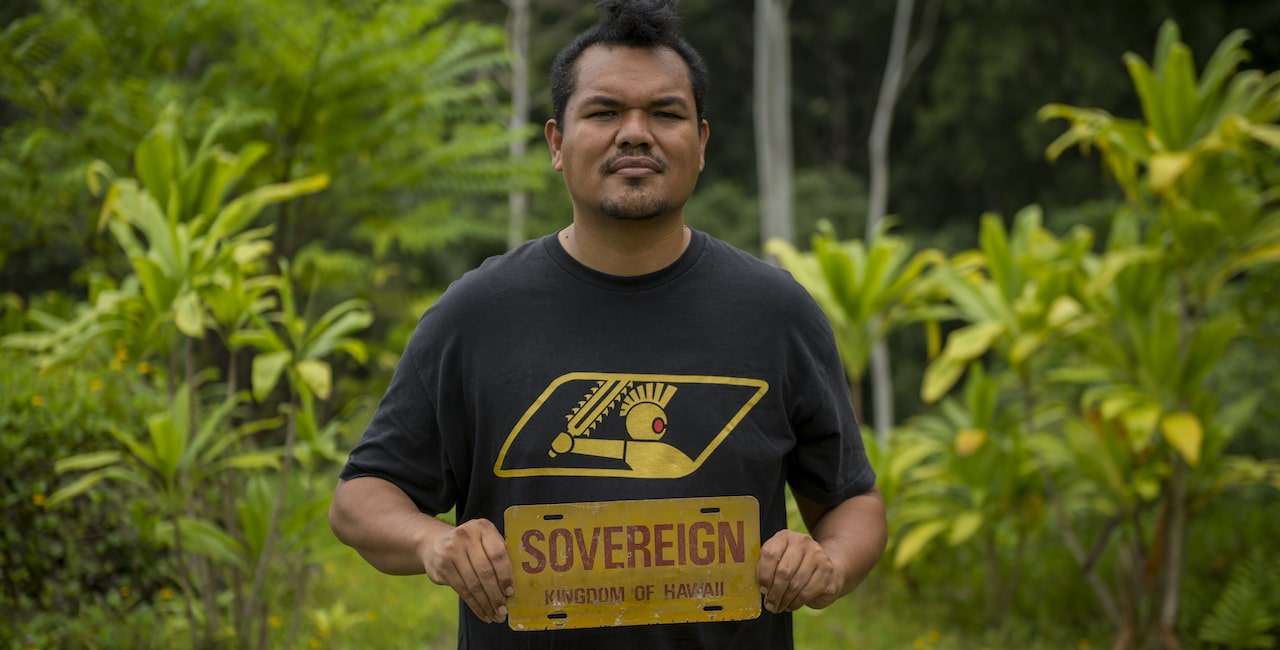As we near another year of the pandemic, and the many changes it’s brought about, we are faced with the fact that many tribal communities in the US and Canada remain among the most under-connected. This is being actively addressed by communities, governments, and organizational partners and was tackled directly at this year’s Indigenous Connectivity Summit.
In the midst of various funding opportunities, programs, and strategies geared at closing the digital divide for individual tribal communities, the Indigenous Connectivity Summit took the same collective learning approach it has taken for the past five years. Since 2017 the summit has built a community of Indigenous leadership that shares in learning and advocacy, working to close the digital divide on tribal lands.
Being historically underrepresented in the connectivity space makes the opportunity to come together to learn and share incredibly valuable. Providing the time and space to think through new ideas and technologies was one of the initial goals of the Indigenous Connectivity Summit, and one we got to see carried out again at this year’s summit held in Winnipeg, Canada.
In addition to having the opportunity to meet with and learn from experts in the field of connectivity, participants had the chance to learn about a range of topics focused on the development and growth of broadband networks in tribal communities.
Here were some of the key takeaways (in addition to Phil Mozejko’s 7 Key Takeaways from the Indigenous Connectivity Summit) from this year:
Decolonizing Internet Access
Participants developed bold and innovative new calls to action, with an emphasis on decolonization and sovereignty.
The Collective Community Landscape Is Evolving
The pandemic magnified the realities of underconnectivity in Indigenous communities, and funding and political will is present in ways it has never been before. Where the conversation goes from here is continually evolving, but at this year’s summit we got to hear about challenges and successes of individual projects like the Waimanalo Community Network project in Hawai’i, which went from one to five networks in just three years, and the progress being made by the North End Connect project, which is working to provide Internet access to one of Canada’s largest urban Indigenous populations.
This Work Is Having an Impact
We heard from an Innovation, Science and Economic Development Canada (ISED) representative who shared that policy recommendations from earlier Indigenous Connectivity Summits are now being revisited by the department as they work on developing spectrum policy for all of Canada.
Getting the Word Out
Diverse media coverage across Canada and the US, including pieces by Bloomberg.gov, Light Reading, Indian Country Today, and CTV News, were encouraging indicators that this work has taken on a nationwide audience in both countries, with the stories of individual communities and community leaders being told.
In the past, Indigenous Connectivity Summit participants have released a series of policy recommendations for both US and Canadian governments, philanthropies, and private sector service providers. This year’s recommendations have been changed to Calls to Action and address some of the most pressing issues for communities. They were created in collaboration, to represent a collective voice. They will no doubt continue shift the conversation for years to come.
Here is a summary of those calls to action:
1. Decolonizing Policy Consultation Processes
Noting first that “digital inequity is the product of colonization,” this call to action urges policymakers to look at consultation processes, comment periods, and policy development through a decolonized lens, taking into consideration the capacity, cultural practices, voices, and perspectives of Indigenous peoples, from start to finish.
2. Rethinking Approaches to Connectivity
This calls on these sectors to recognize that Internet access underlies all aspects of our society. Therefore, we must now develop a more holistic approach to strategy development that includes this fact. It further calls to do this work from an Indigenous community strengths-based approach, while recognizing the need for sustainable funding for ongoing support.
3. Holding Governments and Industry Accountable
Governments must hold accountable anyone who is receiving government funding for telecommunications projects, and they must engage in cultural sensitivity training ahead of work with Indigenous communities. The call is to further understand connectivity as a basic human right, linking it to other programs that have vowed to uphold this principle.
4. Recognizing Indigenous Rights to Spectrum
This calls on governments to recognize electromagnetic spectrum over tribal lands as a natural resource—an issue that is quickly garnering support from tribal communities across both countries. This specifically calls on the government of Canada to stop selling licenses and renewing permits over tribal lands and to release unused spectrum over tribal lands to tribal leadership. Further, it calls on the Canadian government to turn over profits from spectrum on tribal lands to tribal leadership and to engage in meaningful consultation with leadership on how to better meet spectrum needs moving forward.
5. Developing an Indigenous Workforce in Networking
There is an inherent value across Indigenous communities: the entire community must be included in new technological advances. This calls on bodies of higher education to train up community members in building technical capacity, developing a workforce that is equipped to support broadband development and sustained operations.
This year also marked an important milestone. From the very beginning, the Indigenous Connectivity Summit has had a goal of transitioning to Indigenous leadership. For the first time, the Internet Society co-hosted the summit with Connect Humanity and the Indigenous Connectivity Institute, an Indigenous-led organization. The Indigenous Connectivity Institute’s vision is for Indigenous communities to have “the capacity, support, knowledge, and financial resources needed to drive digital equity solutions in their respective communities and on their own terms.”
It’s more important than ever for Indigenous community members and their partners to work collaboratively to understand and address the current broadband landscape. By working together this way, we can make sure we all have the skills, networks, and resources needed to meet this moment—and to close the digital divide.
Image copyright: ©Elyse Butler

